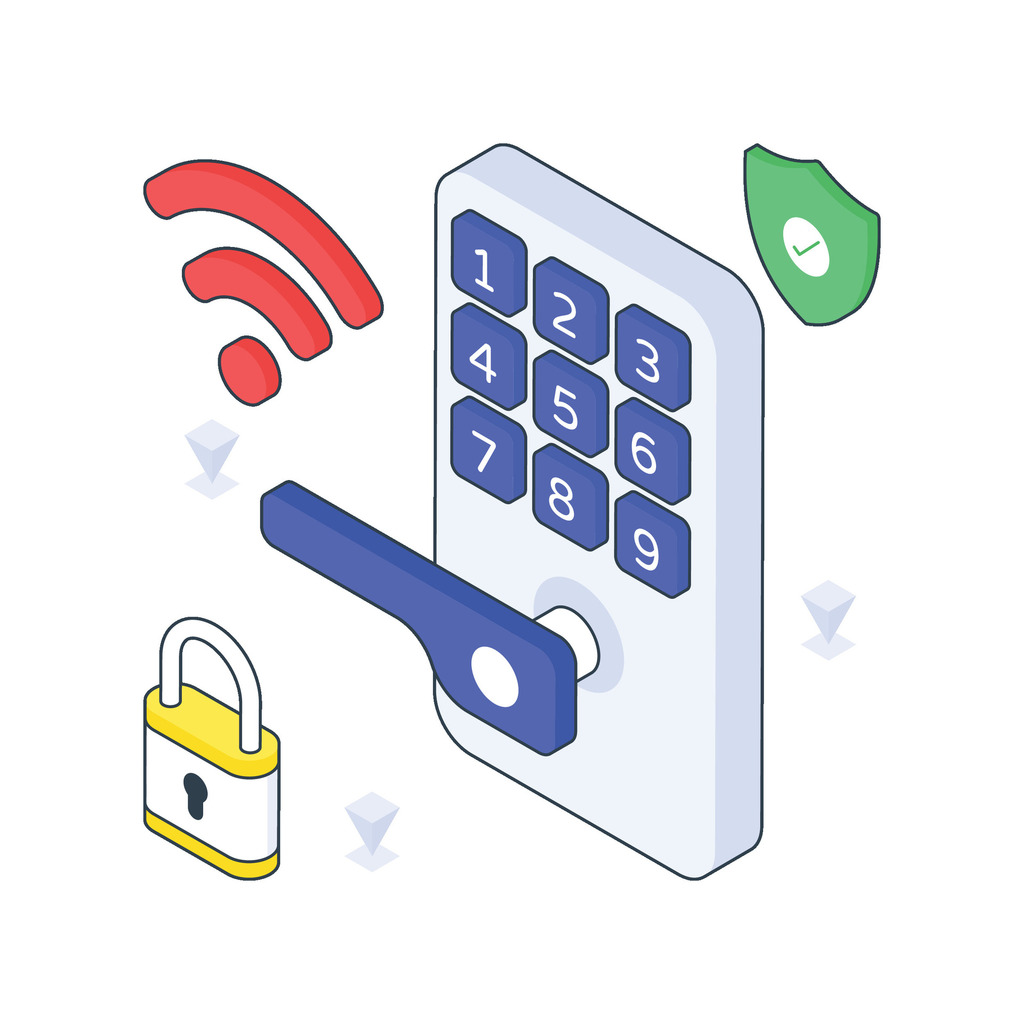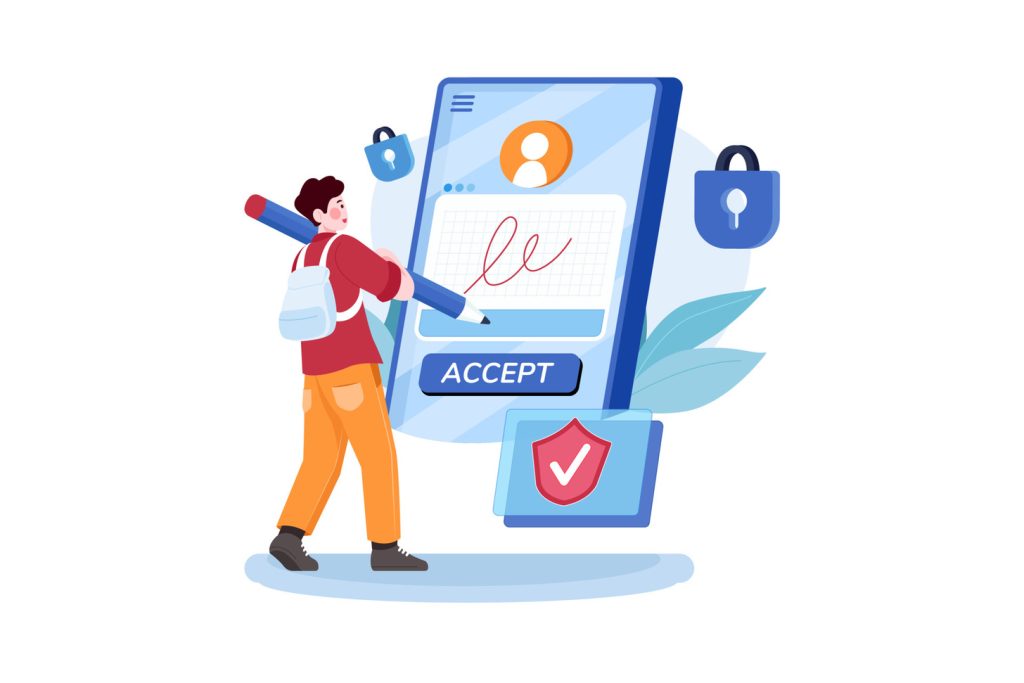The Ultimate Guide to Access Control For Articles

In today’s digital landscape, protecting critical data is non-negotiable. Cyber threats grow more sophisticated daily, forcing businesses to prioritize security measures that safeguard their most valuable assets. At the core of this defense lies a critical framework: systems designed to manage permissions and restrict unauthorized interactions with sensitive materials.
Companies that neglect these protocols face dire consequences. Breaches can lead to catastrophic financial losses, legal penalties, and eroded customer trust. Even minor gaps in protection create vulnerabilities attackers exploit, making proactive strategies essential for long-term stability.
Modern solutions must balance robust safeguards with operational agility. Overly restrictive systems hinder productivity, while lax approaches invite risk. The right framework adapts to evolving threats without slowing workflows, ensuring compliance with regulations like GDPR or HIPAA.
This guide equips leaders with actionable strategies to implement scalable security architectures. From assessing current gaps to deploying advanced authentication methods, it provides the tools needed to secure data while supporting growth.
Key Takeaways
- Cyber threats demand proactive strategies to protect digital assets and maintain business credibility.
- Permission management systems form the backbone of enterprise data protection efforts.
- Inadequate safeguards risk multimillion-dollar fines and irreversible brand damage.
- Effective frameworks align security needs with workforce efficiency and scalability.
- Compliance with industry standards is non-negotiable for avoiding legal repercussions.
- Strategic implementation reduces operational risks while optimizing workflow processes.
Introduction to Access Control in Cybersecurity
As cyberattacks grow more complex, businesses face unprecedented risks to digital assets. Protecting confidential materials requires frameworks that balance strict safeguards with operational flexibility. These frameworks ensure only verified users interact with critical resources while maintaining audit trails for accountability.
Understanding the Importance of Protecting Sensitive Information
Unauthorized exposure of financial records, client details, or intellectual property cripples organizations. A single breach can trigger lawsuits, regulatory fines, and customer attrition. For example, 68% of companies report revenue declines after data leaks, according to IBM’s 2023 Cost of Data Breach Report.
Robust protocols align with standards like GDPR and HIPAA. Non-compliance penalties often exceed $1 million per incident. Clear permission structures also build stakeholder trust—a key advantage in competitive markets. Review our privacy policy for actionable strategies to align operations with legal requirements.
Overview of Cyber Threats and Security Protocols
Attackers now combine social engineering with AI-driven tools to bypass traditional defenses. Phishing schemes account for 35% of breaches, while ransomware attacks surge by 93% annually. Modern security systems counter these risks through:
- Multi-factor authentication to verify user identities
- Real-time monitoring for unusual activity patterns
- Automated encryption of sensitive files
| Threat Type | Common Targets | Mitigation Strategy |
|---|---|---|
| Phishing | Employee emails | AI-powered spam filters |
| Ransomware | Cloud databases | Zero-trust architecture |
| Insider Threats | Internal systems | Role-based permissions |
Proactive measures reduce breach risks by 62%, according to Ponemon Institute research. Organizations using layered security frameworks report 40% faster incident response times compared to peers relying on basic firewalls.
Defining Access Control and Its Role in IT Security

Modern organizations rely on structured frameworks to protect digital assets and system integrity while maintaining operational flow. These protocols create boundaries between authorized personnel and sensitive materials, reducing exposure to internal and external threats.
What Is Access Control?
Access control acts as a digital gatekeeper, determining which individuals, systems, or services can interact with specific resources. Its goal is to minimize risks by ensuring only verified entities enter protected environments. This process involves four steps: identification, authentication, authorization, and usage monitoring.
Core Concepts: Authentication, Authorization, and Accountability
Three pillars form the foundation of effective security frameworks:
| Component | Purpose | Business Benefit |
|---|---|---|
| Authentication | Confirms identities via multi-step verification | Blocks 92% of unauthorized entry attempts* |
| Authorization | Assigns permissions based on user roles | Reduces data exposure by 67% |
| Accountability | Tracks interactions for audits | Accelerates breach investigations by 58% |
*2024 Cybersecurity Benchmark Report
Businesses implementing these principles see 40% faster threat response times compared to those using outdated methods.
Key Components of a Robust Access Control System
Strong digital protection relies on interconnected elements working in unison. These components verify identities, enforce rules, and track activities to prevent unauthorized entry while supporting business operations.
Establishing Trust Through Identity Confirmation
Modern security systems begin by creating unique digital profiles for employees and devices. Multi-factor authentication (MFA) combines passwords with biometric scans or hardware tokens. Biometric verification methods like fingerprint scanners now achieve 99.8% accuracy rates according to NIST standards.
| Component | Key Technologies | Impact |
|---|---|---|
| Identity Proofing | SSO, Digital IDs | Reduces login friction by 45% |
| Credential Checks | Biometrics, MFA | Blocks 94% of breach attempts |
| Session Monitoring | Behavioral analytics | Detects threats 3x faster |
Precision Permission Management
Once identities are confirmed, granular rules determine what resources individuals can use. Role-based policies automatically adjust privileges when employees change positions. Centralized platforms let administrators update permissions across cloud services and on-premise systems simultaneously.
Automated provisioning tools reduce human error risks by 63% compared to manual methods. Real-time alerts notify teams when unusual activity occurs, enabling swift response to potential threats.
- Dynamic policy engines adapt to new devices and user locations
- Time-based restrictions limit after-hours system entry
- Integration with HR systems ensures instant privilege revocation
Exploring Different Access Control Models

Organizations require tailored security frameworks to balance operational needs with data protection. Five core models dominate modern cybersecurity strategies, each offering distinct advantages for specific business scenarios.
Centralized vs Flexible Permission Systems
Mandatory models excel in high-security environments like government agencies. Administrators assign clearance levels to users and resources, ensuring strict compliance with classification protocols. This approach minimizes human error but requires significant oversight.
Discretionary systems empower data owners to manage permissions directly. Teams collaborating on projects benefit from real-time adjustments, though this flexibility increases risks if oversight lapses.
Rule-based frameworks automate policy enforcement through predefined conditions. Firewalls using geographic restrictions exemplify this model, blocking traffic from unauthorized regions without manual intervention.
Context-Aware Security Solutions
Role-based models streamline permissions by aligning them with job functions. A marketing director automatically receives campaign analytics access, while interns see only approved materials. This reduces IT workload by 37% in mid-sized companies.
Attribute-based systems make dynamic decisions using multiple factors. A healthcare worker might access patient records only during shifts, using hospital devices, after completing two-factor authentication. These granular controls prevent 89% of unauthorized access attempts in clinical settings.
- Hybrid approaches combine multiple models for complex environments
- Cloud integration enables consistent enforcement across platforms
- Real-time analytics detect policy violations within seconds
Businesses handling sensitive data often implement layered frameworks. Financial institutions might use mandatory controls for transaction systems while employing role-based models for employee portals. This strategic combination reduces breach risks by 54% compared to single-model implementations.
Access Control For Articles: Strategies and Implementation
Effective content protection hinges on customized protocols that adapt to varying sensitivity levels. Organizations must implement dynamic frameworks that secure materials without hindering collaboration. This balance ensures teams maintain productivity while safeguarding intellectual assets.
Custom Security Frameworks for Document Management
Classifying articles by business impact forms the foundation of robust protection. Public-facing materials might require basic safeguards, while proprietary research demands multi-layered security. A healthcare provider’s internal study shows 78% fewer leaks occur when using tiered classification systems.
| Sensitivity Level | Protection Measures | User Impact |
|---|---|---|
| Public | Basic encryption | Full team access |
| Confidential | Role-based permissions | Department-level visibility |
| Restricted | Biometric verification | Executive approval required |
Metadata-driven solutions automatically enforce context-aware rules. Documents tagged “financial” might restrict editing capabilities to accounting teams. Version histories sync with permission settings, ensuring draft content remains protected throughout editing cycles.
Granular permission systems prove vital for collaborative environments. Marketing teams could share campaign drafts externally without exposing budget details. Automated audits flag outdated privileges weekly, reducing orphaned accounts by 63% in enterprise trials.
“Real-time analytics transform security from reactive to predictive. Patterns revealing repeated access attempts become early warning signs.”
Centralized dashboards provide visibility into document interactions across platforms. Administrators track download frequencies and sharing patterns to refine policies. These insights help organizations maintain compliance while streamlining workflows.
Best Practices for Implementing Access Control Measures

Implementing ironclad security protocols demands meticulous planning and execution of industry-approved methodologies. Organizations must balance rigorous protection with workforce productivity, ensuring systems evolve alongside emerging threats.
Multi-Factor Authentication and Least Privilege Principle
Multi-factor authentication (MFA) blocks 99.9% of automated attacks by requiring secondary verification through biometric scans or mobile confirmations. A 2024 Verizon report found companies using MFA experience 67% fewer credential-based breaches than those relying solely on passwords.
| Practice | Function | Impact |
|---|---|---|
| MFA | Layered identity checks | Reduces breach risks by 76%* |
| Least Privilege | Role-specific permissions | Cuts data exposure by 81% |
| Audit Logs | Activity tracking | Accelerates investigations by 53% |
*2024 Cybersecurity Effectiveness Benchmark
The principle of least privilege ensures users only access resources critical to their roles. Financial institutions using granular permissions reduced insider threat incidents by 44% last year.
Continuous Monitoring and Regular Audits
Real-time analytics detect abnormal patterns like repeated login attempts or unusual file downloads. One healthcare provider identified a ransomware attack within 11 minutes using behavior-based alerts, preventing $2.8M in potential damages.
“Automated audit trails have become non-negotiable. They provide the forensic evidence needed to dissect breaches and refine policies.”
Quarterly access reviews help organizations retire outdated permissions. Automated tools compare user privileges against current job functions, flagging discrepancies for immediate action. This process slashes orphaned account risks by 68% compared to manual reviews.
Centralized dashboards unify monitoring across cloud platforms and on-premise systems. Teams receive instant alerts when privileged accounts access restricted materials, enabling swift policy enforcement.
Overcoming Challenges in Access Control Implementation
Deploying security protocols often reveals unexpected hurdles that test organizational resilience. Complex infrastructures and evolving threats demand adaptive strategies to maintain protection without disrupting workflows.
Balancing Security Needs With Operational Realities
Large enterprises face tangled permission structures across thousands of resources. A phased rollout approach minimizes disruption by prioritizing high-risk assets first. Cloud-based solutions cut infrastructure costs by 41% for mid-sized companies, according to Flexera’s 2024 Cloud Report.
| Challenge | Solution | Outcome |
|---|---|---|
| High implementation costs | Subscription-based security platforms | Predictable budgeting |
| Employee pushback | Interactive training simulations | 63% faster adoption rates |
| Policy overreach | Behavioral analytics tuning | 79% fewer false alerts |
Granular permission systems require continuous refinement. One financial institution reduced mistaken denials by 58% after implementing AI-driven policy adjustments that learn from user behavior patterns.
“The most effective frameworks grow with the business. Static systems become liabilities within months of deployment.”
Three critical steps ensure sustainable implementation:
- Automated privilege reviews sync with HR systems to revoke outdated permissions
- APIs connect legacy software with modern identity platforms
- Scalability testing identifies bottlenecks before expansion
Regular audits and workforce education create environments where security measures enhance productivity rather than hinder it. Organizations adopting these practices report 22% higher employee compliance rates than industry averages.
Integrating Access Control with Modern Identity and Access Management Solutions

Modern enterprises require security architectures that evolve as rapidly as their operational demands. Identity and Access Management (IAM) platforms bridge this gap by unifying permission frameworks with workforce dynamics. These solutions transform fragmented protocols into cohesive systems that adapt to organizational growth.
The Role of IAM in Streamlining Security
Centralized identity hubs eliminate siloed user profiles across departments. Automated provisioning tools grant permissions based on HR data, ensuring new hires receive appropriate access within minutes. When employees change roles, systems update privileges instantly—reducing manual errors by 74% in enterprise trials.
Deprovisioning workflows automatically revoke credentials during offboarding. This prevents lingering access risks while maintaining audit trails for compliance reviews. Financial institutions using these protocols report 68% fewer orphaned accounts compared to manual processes.
Centralized Management and Automation
Single Sign-On (SSO) capabilities reduce login friction without compromising protection. Employees access multiple applications through one secure portal, cutting password reset requests by 53%. Behavioral analytics monitor sessions for unusual activity, triggering alerts when credentials are used outside normal patterns.
Cloud-based IAM solutions scale with organizational needs while maintaining strict compliance standards. Integration APIs connect legacy software with modern authentication methods like biometric scans. Real-time dashboards provide visibility into permission structures, helping teams optimize policies as threats evolve.
These intelligent frameworks prove essential for balancing workforce productivity with enterprise-grade protection. Companies adopting unified IAM systems experience 41% faster incident response times and 29% lower operational costs within the first year.

